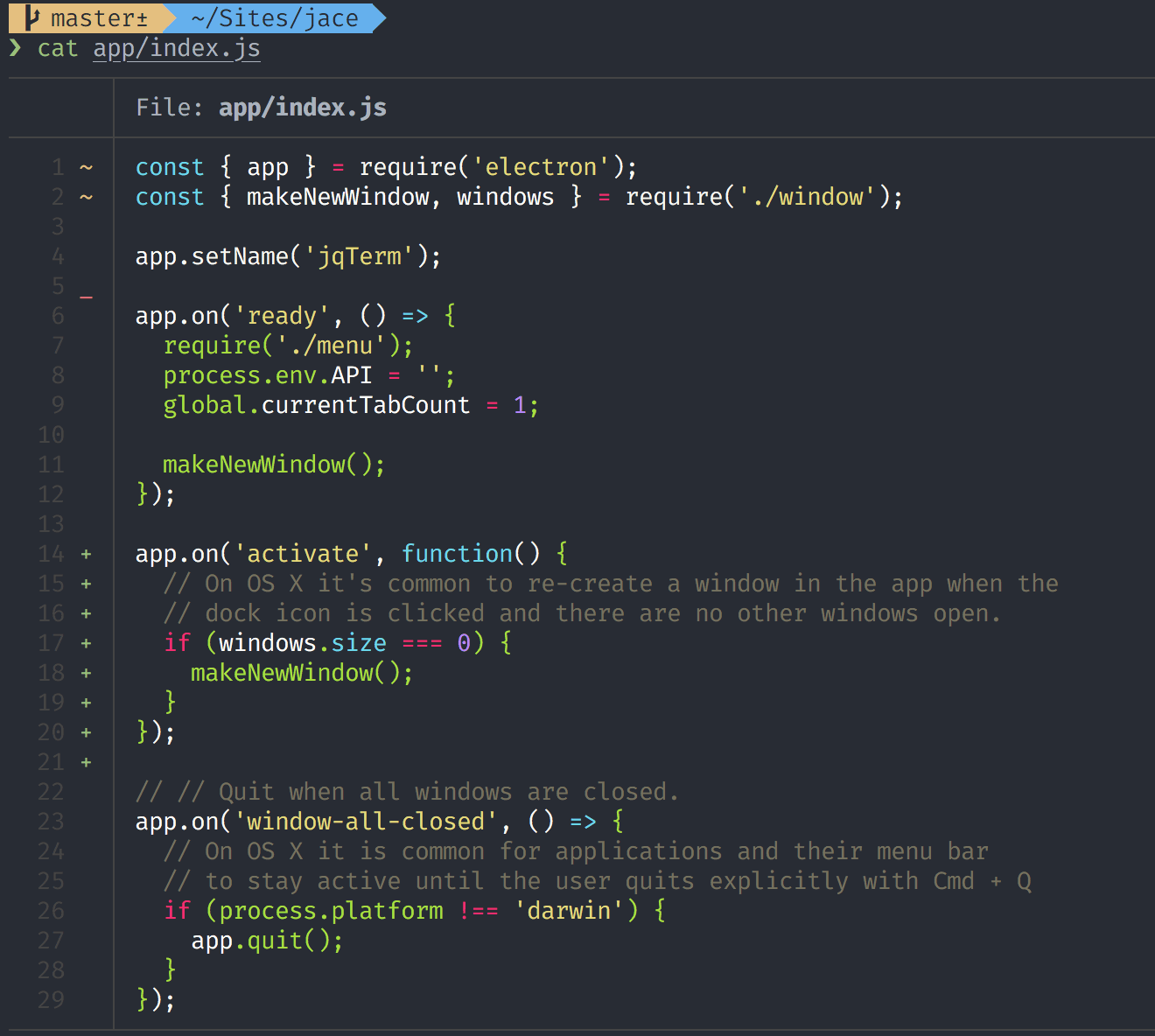
Webmentions: Enabling Better Communication on the Internet
Very interesting underused feature in web communication

Very interesting underused feature in web communication

This is very interesting and cool way to use ruby for fancy cli scripts, like people often use AWK. I haven’t quite figured out how to use it but it’s cool!

A really clear visual explanation of what a Markova chain is and what it is good for.
Kalman filters are a mathematical process for smoothing out a noisy signal (its more complicated than that) its a central algorithm in robotics and real time sensing systems in general.

Python doesn’t have arrays... but it does have lists and tuples. Actually lists are arrays. And tuples are ... different ... and don’t seem that useful. But this article explains it all.

ActionCable is a very powerful subsystem in Rails to create server push scenarios easily.

The emotional impact of interface colors shouldn’t be overlooked. And while some colors are “universal” in UI design (such as black, white, and gray, at least one of which is used in virtually every good design out there), the colors with which they’re combined can have a huge impact on a product’s UX.

Authorization is the management of who is allowed to do what (vs. authentication which is accurate identification of who a user is)
I’m not personally an rspec fan, but lots of people are

Forking with git, and just creating and merging branches can be very confusing.

Have you already tried to re-invent a wheel and re-write perfectly valid methods that exist in Ruby? Here’re some of them.
A gem containing functionality to represent, import and export spreadsheets

Excellent advanced info on crating dB indexes, looking at query plans to understand performance.
A really nice tutorial explaining how to write a gui app on Linux using Ruby.
This is RonJeffries.com, the combination of new articles, XProgramming, SameElephant, and perhaps even some new items never before contemplated. Copyright © 1998-forever Ronald E Jeffries

A super useful collection of cli alternatives. Save time and headaches!
Wow, lots of neat things here for the very mundane chore of running in the rails console!